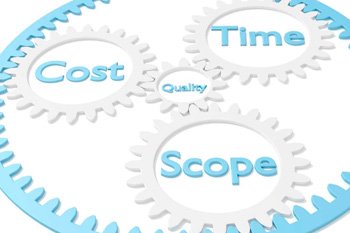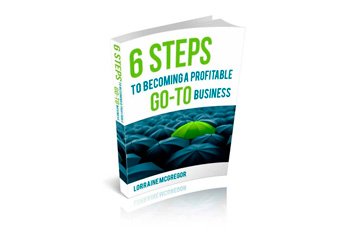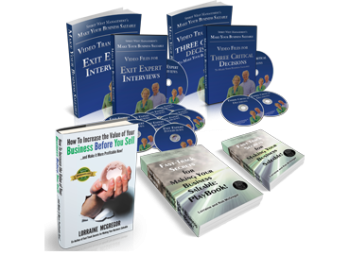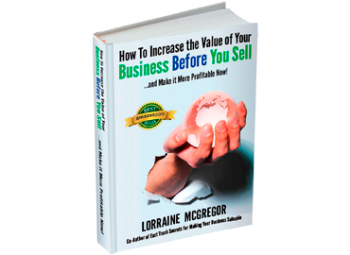Share your strategies and techniques in the comments below. Here is one approach we use.
This is one of our favorite techniques to help our clients and our own business get out of tactical, crisis thinking into game-changing solutions that break down barriers and enable productivity, performance and growth.
Got a thorny problem or barrier? You have to ask the right question. It starts with āHOWā, not āWhoā
Like āHow come we are inconsistently profitable?ā, or āHow come we canāt deliver a consistent customer experience?ā or āHow will we grow to the next levelā or āHow come our marketing isnāt producing the right leadsā or āHow come we canāt get an invoice out in less than 45 days?ā or āHow come only a few of our distributors are meeting goals?ā
Listen to your Customers
A manufacturer went to meet with their distributors to talk about their upcomingĀ  product lines. At the end of the meeting, the manufacturing CEO got an earful about how hard it was to get service from the company. It wasnāt exactly a surprise, the CEO had heard from employees how hard it was to āplease the squeaky wheels.ā
product lines. At the end of the meeting, the manufacturing CEO got an earful about how hard it was to get service from the company. It wasnāt exactly a surprise, the CEO had heard from employees how hard it was to āplease the squeaky wheels.ā
Presented with these āfactsā itās pretty hard to know how to begin to un-ravel this problem. The way people talk about the issues is mired in blame and conflictā¦ not a tasty meal most people want to dig into.
Frame the problem correctly. Symptoms are easy to see. The root of the problem is not. Which is why we so often get carried away with throwing a solution at what we think is the problem, so we can feel relief that something at least is being done about it. Yet symptom-based solutions rarely solve the real problem.
Do not Blame, Answer
The CEO of the manufacturing firm had to back up the problem to the real issue and turnĀ  down the blame noise: Distributors are her customers. The end-users are the distributorsā customers. Both groups are struggling. āHow can we deliver a consistent customer experience so everyone gets what they need when they need it?ā
down the blame noise: Distributors are her customers. The end-users are the distributorsā customers. Both groups are struggling. āHow can we deliver a consistent customer experience so everyone gets what they need when they need it?ā
Answering this question is the goal. The outcome that she really wants is that both her company and her distributors are able to provide a consistent customer experience at lower cost with higher margins.
To get to the heart of the problem to reach this outcome, you have to be able to hear all the concerns and the complaints about everything to do with the āHow comeā problem statement and map them as a sequence of events. Why? Because companies are like plumbing systems: when there is bottleneck in one area, itās because of problems further on down the line.
Find Root Cause of the Problem and Change
This process helps you know which domino starts the entire sequence of hiccups. ThatĀ  first domino is the right problem to start understanding so that you then apply a carefully thought out solution.
first domino is the right problem to start understanding so that you then apply a carefully thought out solution.
How do you collect the complaints to get to that first domino? Get everyone that has some intel on this problem (which is everyone who contributes any info to the situation) and collect the complaints, concerns, observations and analysis ā neutral statements, no blame.
The CEO sent out the product quality (a great listener) specialist to collect the distributorsā complaints. Then she empowered a team of managers from finance, shipping, manufacturing, sales and IT to process the complaints, find the first domino and build a new flow of how distributorsā needs would get met.
Next step? Test the impacts of the solutions on the next event in the sequence. Hit a snag? Refine the solution so that the snag is taken care of.
Test and Refine your Business Solution
The team designed a rush ship program on some products for two day delivery, a whopping five days faster than current delivery dates ā¦ for a fee. The CEO was impressed but the team hit a snag.
Distributors liked that idea and were willing to pay. But they needed some of the products not on that list for their more demanding customers who want it yesterday. Working with manufacturing, they created a crack team who could churn out the desired product overnight.

With that premiumĀ pricedĀ solution, distributors sold more emergency orders, and started winning more orders overall, beating out their competitionā¦ andĀ margins went up in a down market! And everyone was happy again.
Where can you apply this technique in your business?
What other strategies do you use that work for you and your business?
If you would like help doing this type of strategic problem solving in your business then letās talk. You canĀ schedule our free discussion here





















